Today 12/28/2021 the clear sky here in my city allows me to see in some details one of the strangest constellations that I have had to analyze is the sextant, it is classified as a "minor" constellation that is visible in the hemisphere South, one of the things that caught my attention is that it is very difficult to visualize the most difficult one so far, it is only possible with the telescope! and let's say it's a recent constellation! in my post we will learn about it!🤔😮👨🎓
Hoy 28/12/2021 el cielo despejado aqui en mi ciudad me permite ver con algunos detalles una de las constelaciones mas extrañas que me ha tocado analizar se trata de la sextante, esta clasificada como una constelacion "menor" que es visible en el hemisferio sur, una de las cosas que llamo mi atencion es que es muy dificil de visualizar la mas dificil hasta ahora, solo es posible con el telescopio! y digamos que es una constelacion reciente! en mi post aprenderemos sobre ella!🕵️♀️🕵️♂️🌏🌌
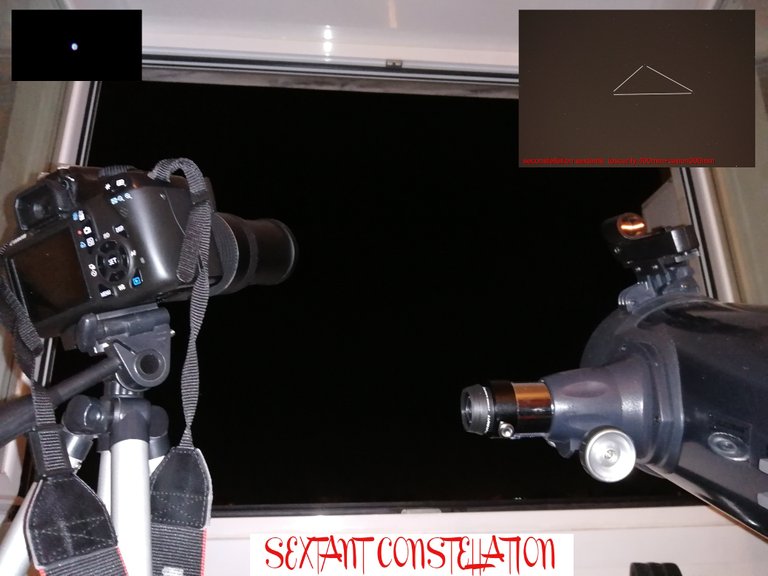
CHARACTERISTICS💥💥/CARACTERISTICAS🪐🌌

It was my second attempt to locate the sextant in the sky, it was not easy because the constellation in the city is not visible probably if I went to the outskirts I could see it easier but the winter weather is very unpredictable and it would be very chaotic if it rained With all my astronomy equipment, in the end I achieved my goal, as I mentioned earlier the constellation was discovered in the 17th century by the Pole Hevelius was a renowned astronomer of the time! Do you know why this character called this constellation "sextant"? because in a fire he lost a musical instrument and in homage to him he gave the name to the constellation!🤔😮🧔
Era mi segundo intento para localizar la sextante en el cielo, no fue nada facil porque la constelacion en la ciudad no es visible probablemente si me iba a las afueras conseguia verla mas facil pero el clima de invierno es muy impredecible y seria muy caotico que lloviera con todo mi equipo de astronomia, al final consegui mi objetivo, como lo mencione anteriormente la constelacion fue descubierta en el siglo 17 por el Polaco Hevelius fue un reconocido astronomo de la epoca! sabes porque este personaje le llamo "sextante" a esta constelacion? porque en un incendio el perdio un instrumento musical y en homenaje a el le dio el nombre a la constelacion! 🎵💥
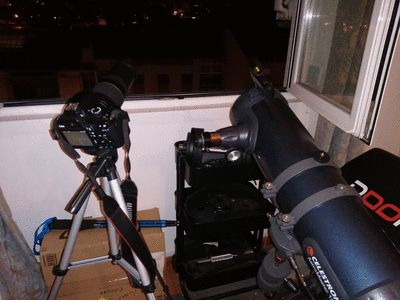


I had to do a shallow search in the "starrynightcelestron" program to help me locate the constellation in the sky, actually its main stars are 3 alpha, beta and gamma! the omega can also be photographed but it leaves the quadrant and is no longer a "triangle" another reference to locate the sextant is to go to the constellation of "leo" and "hydra" between them 2 is located the constellation! It is not at all brilliant so it is difficult to see it without a tool, since it is recent there is also no record of any mythology associated with the constellation!💥💥
Tuve que realizar una busqueda un poco profunda en el programa de "starrynightcelestron" para poder ayudarme a ubicar la constelacion en el cielo, en realidad sus principales estrellas son 3 la alfa, beta y gama! la omega tambien puede ser fotografiada pero se sale del cuadrante y ya no es un "triangulo" otra referencia para ubicar a sextante es ir a la constelacion de "leo" e "hydra" entre ellas 2 se ubica la constelacion! no es nada brillante por lo que es dificil verla sin una herramienta, al ser reciente tampoco existe ningun registro de alguna mitologia asociada a la constelacion!🔍💻📕📖

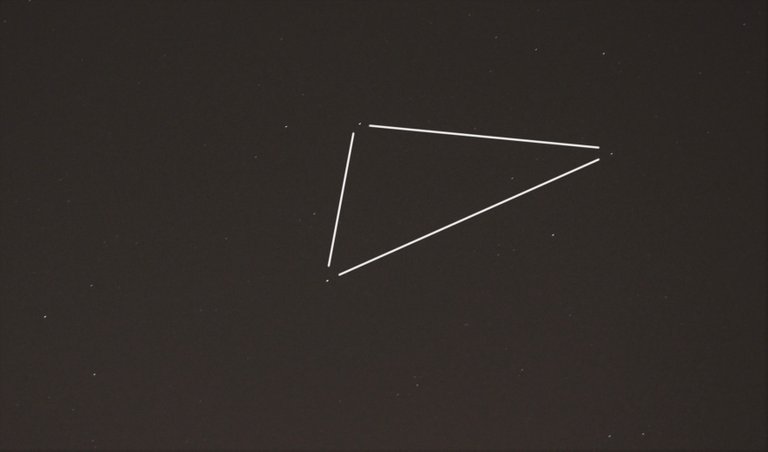
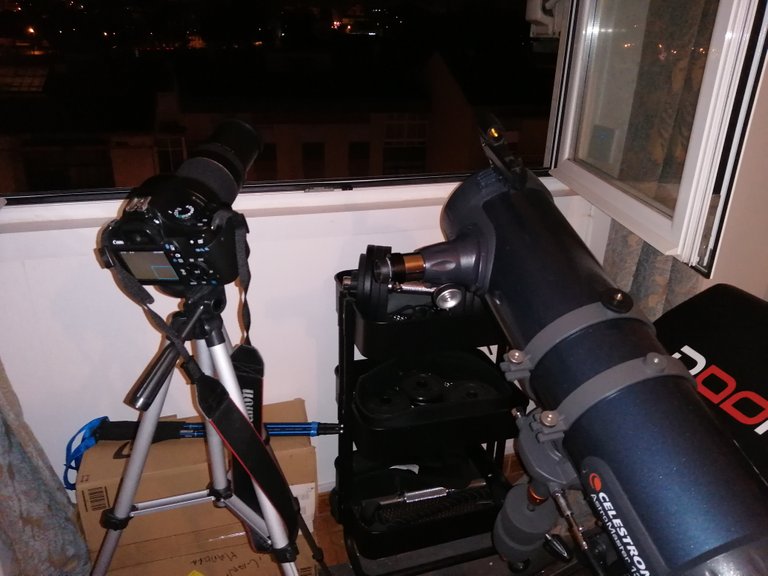
What makes it difficult to find the sextant is its location, since it is in a very dark space and there is no bright object around it, another characteristic is that it only has one star that has a magnitude above +5.00, remember that the lower is the figure the star is brightest, being the 0.5 very bright !!! Within its 4 main stars, the brightest is the alpha, which I will explain in detail later! I read in some scientific references that within the constellation deep in space you can see some "extrasolar" planets (they do not orbit around the sun).🔭🔭
Lo que dificulta encontrar a sextante es su locacion, ya que esta en un espacio muy oscuro y alrededor no hay ningun objeto brillante, otra caracteristica es que solo posee una estrella que tiene una magnitud por encima de +5,00 recordemos que mientras mas baja es la cifra la estrella es mas brillante, siendo las 0.5 muy brillantes!!! dentro de sus 4 principales estrellas la mas brillante es la alfa, que ya explicare con detalle mas adelante! lei en algunas referencias cientificas que dentro de la constelacion muy en el espacio profundo pueden verse algunos planetas "extrasolares" (no orbitan alrededor del sol).🤔🤔

VERACITY💥💥/VERACIDAD🪐🌌
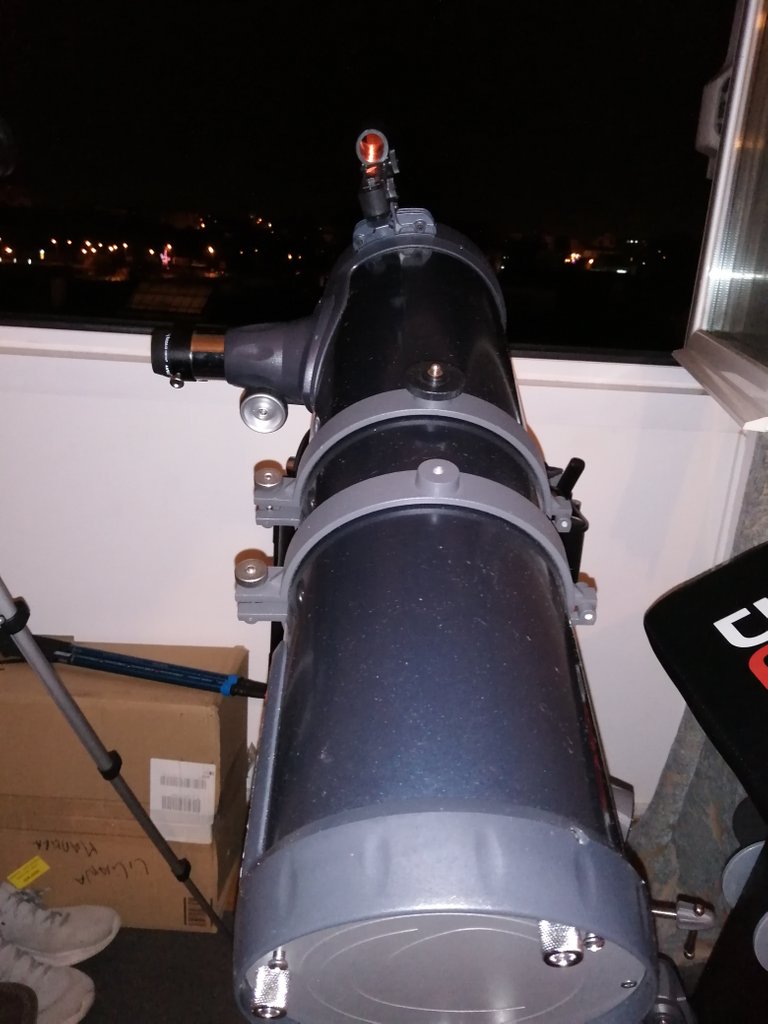
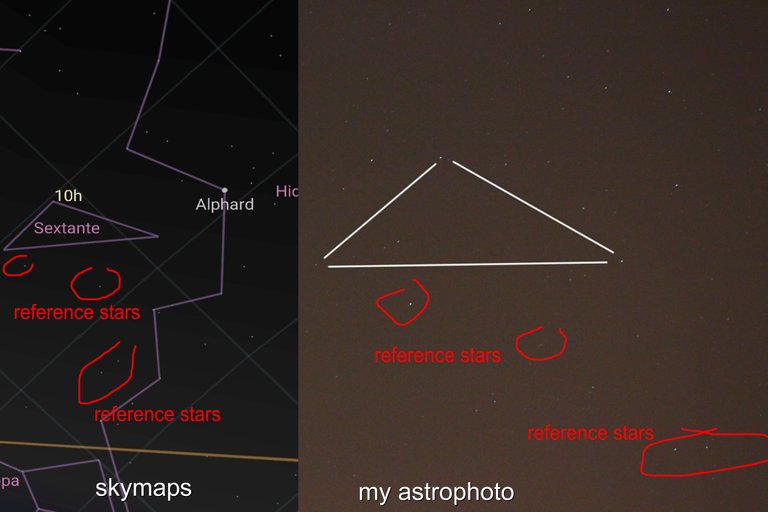
What supports a scientist is always to describe scientific content with a scientific basis, that is, we must always demonstrate with references that what we show is true I can take a picture of any quadrant and "join" stars "at random" and deceive people but I show you with these photos how my calculation was perfect on the right a program that shows the constellation in the sky and on the right my photo, as you can see there are stars around that coincide with the union of the constellation showing the photo as totally: (correct ).✅✅
Lo que respalda a un cientifico es siempre describir contenido cientifico con base cientifica, osea siempre debemos demostrar con referencias que lo que mostramos esta cierto yo puedo tomar una foto a cualquier cuadrante y "unir" estrellas "al azar" y engañar a las personas pero te muestro con estas fotos como mi calculo fue perfecto a la derecha un programa que muestra la constelacion en el cielo y a la derecha mi foto, como puedes ver hay estrellas alrededor que coinciden con la union de la constelacion mostrando la foto como totalmente: (correcto).⛔🛑💯💯

MAIN STARS💥💥/ESTRELLAS PRINCIPALES🪐🌌

We begin by explaining the main sextant star and it is the alpha (sextantis), it is a star with a white color, it is not very bright and difficult to see under "naked eye" it has a magnitude of approximately "4.48", it is difficult Seeing the star from the distance to our solar system is more than 280 million light years, remember my post about why the colors of the stars? when a star is white it means that it is very hot between 6500-7500kelvin, with the blue stars being the youngest and hottest!💥💥
Comenzamos por explicar la principal estrella de sextante y es la alfa (sextantis), es una estrella con un color blanco, no es muy brillante y dificil de ver bajo "ojo desnudo" tiene una magnitud aproximadamente de "4,48", es dificil de ver la estrella por la distancia respecto a nuestro sistema solar esta a mas de 280millones de años luz, recuerda mi post sobre porque los colores de las estrellas? cuando una estrella es blanca quiere decir que es muy caliente entre 6500-7500kelvin, siendo las estrellas azules las mas jovenes y mas calientes!😮🤔
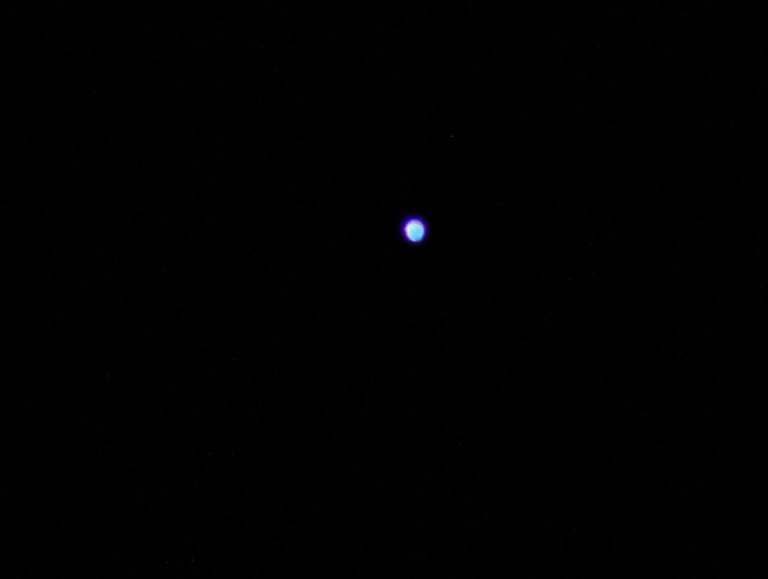
We turn to beta (sextantis) this star has a magnitude of "5.06" it is the 3rd brightest of the entire constellation, it has some interesting characteristics for example its mass is double that of our sun, it is more than 400 million years old light, its color is as we see in the photo is a bluish white, its temperature is above 14,000 degrees kelvin.🤩🤔
Pasamos a la beta (sextantis) esta estrella presenta una magnitud de "5,06" es la 3era mas brillante de toda la constelacion, tiene algunas caracteristicas interesantes por ejemplo su masa es el doble que nuestro sol, esta a mas de 400millones de años luz, su color es tal cual como vemos en la foto es un blanco azulado, su temperatura es superior a los 14.000 grados kelvin.🤍💙
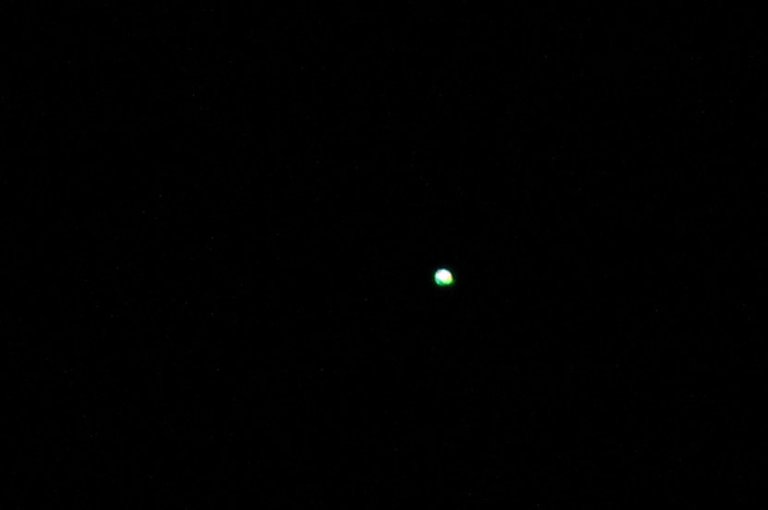
Finally we have to describe the second brightest of the constellation of sextants the range (sextantis) is actually a binary, that is, it is not a single star, they are two stars that are very close to each other so it does not give to distinguish them individually or using a powerful telescope, they are white, their magnitude is 5.09! If we add both binary stars, it would give us a mass of x4 times the size of our star (the sun). There is a third gamma star but it is almost impossible to see under the telescope it is more than 200 million years old and its magnitude is very large it almost does not shine with 12.00💥🔭
Por fin nos toca describir la segunda mas brillante de la constelacion de sextantes la gama (sextantis) en realidad es una binaria, osea no es una unica estrella son dos estrellas que son muy proximas entre si por lo que no da para distinguirlas individualmente ni usando un telescopio potente, son blancas, su magnitud es de 5,09! si sumanos ambas estrellas binarias nos daria una masa de x4 veces el tamaño de nuestra estrella (el sol). Hay una tercera estrella gama pero es casi imposible de ver bajo el telescopio esta a mas de 200millones de años y su magnitud es muy grande casi no brilla con 12.00👩💻👨🎓👨🏫🪐🌌
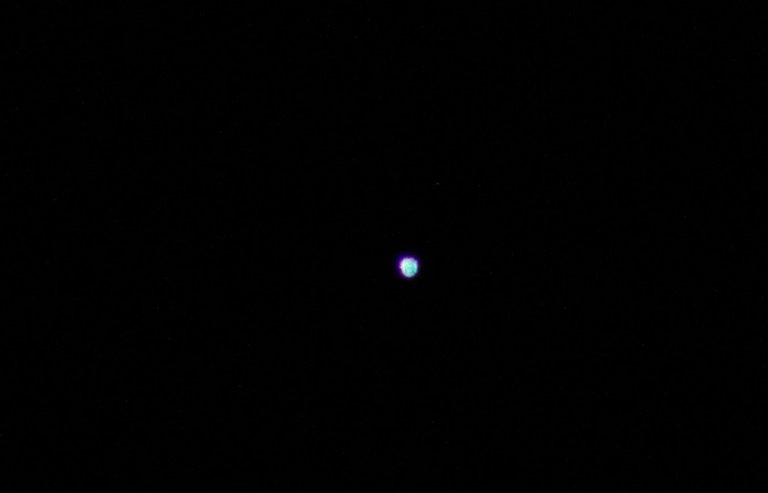
Finally we have the delta, it is a star with a white-blue coloration, its magnitude is 5.18, it would be the fourth brightest of the entire constellation and at this point the others are more difficult to observe, it is more than 300 years away. Light from our solar system, it is a relatively young star that shines at over 10,000 kelvins and has a mass twice that of our sun!✅📛4️⃣
Por ultimo tenemos la delta, es una estrella con una coloracion blanco-azul, su magnitud es de 5,18 seria la cuarta mas brillante de toda la constelacion y en este punto las otras son mas dificiles de observar, esta a mas de 300 años luz de nuestro sistema solar, es una estrella relativamente joven brilla a mas de 10.000 grados kelvin y tiene una masa el doble que nuestro sol! 🔭🌌

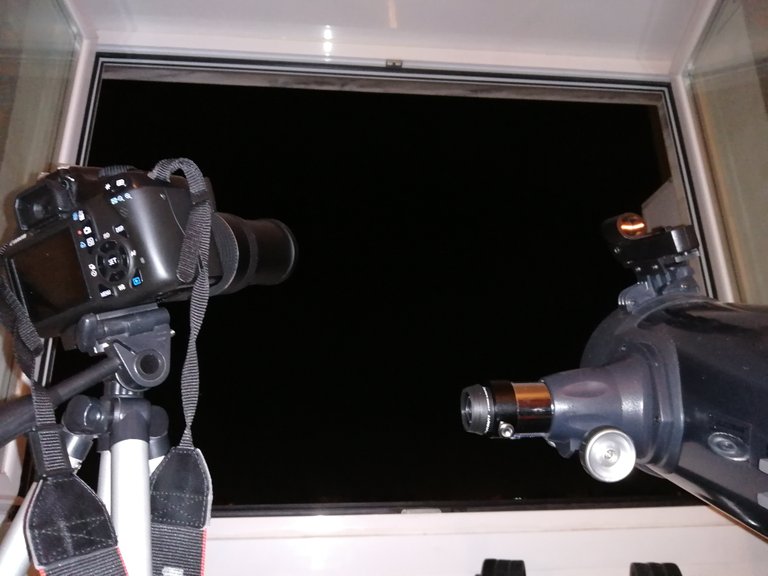
Finally, as an interesting fact, if we want to see this constellation with better visibility, we should try in the month of April, it is located at a latitude of +80 and -80, if we have a very powerful telescope we can see a deep object called (galaxy lenticular).🤔📕📖
Por ultimo como dato interesante si queremos ver con mejor visibilidad esta constelacion deberiamos intentar en el mes de abril, esta ubicada a una latitud de +80 y -80, si tenemos un telescopio muy potente podemos ver entre esta constelacion un objeto profundo llamado (galaxia lenticular).👨💻🌏

(Spindle Galaxy)

DNA is an organization to foster and DENSIFY NATURE-APPRECIATION which aims to establish REPORTS OF BIODIVERSITY DATA that is contributed by all of us Hiveans and subsequently cataloged.
Therefore DNA searches for HIGH-QUALITY posts that aim to DESCRIBE and determine the BIODIVERSITY AROUND YOU with added EXPLANATIONS and INFORMATION. For these informative posts they offer a CURATION SERVICE using the @dna.org account. It is also a CURATION TRAIL. Just add the #dna TAG if you think that any of your posts is what they are looking for.
THANKS FOR READING ME (PHOTOS OF MY PROPERTY)🙂🧠🦾👍
The following post is a compilation of information extracted from the following pages:
https://es.wikipedia.org/wiki/Sextans
https://osr.org/es/constelaciones/sextans/





















